Product Consultation
Your email address will not be published. Required fields are marked *
Introduction to Nylon Monofilament Yarn and Diameter Significance
Nylon monofilament yarn is a single continuous filament made of nylon, widely used in textiles, industrial applications, fishing, and filtration. One of the most important factors influencing its performance is the diameter or thickness of the filament. The diameter affects the yarn’s tensile strength, flexibility, abrasion resistance, and suitability for specific applications. Understanding how diameter interacts with these properties allows manufacturers and users to select the appropriate monofilament for intended uses while maintaining performance and durability.
Relationship Between Diameter and Tensile Strength
The tensile strength of nylon monofilament yarn generally increases with the diameter of the filament. Thicker filaments have a greater cross-sectional area, which allows them to bear higher loads without breaking. This characteristic is particularly important for applications that require heavy-duty performance, such as industrial nets, reinforcement in composite materials, or load-bearing textile components. Conversely, thinner monofilaments have lower tensile strength but can be advantageous in applications where flexibility and fine detailing are more important.
| Diameter (mm) | Cross-Sectional Area (mm²) | Approximate Tensile Strength (N) | Typical Applications |
|---|---|---|---|
| 0.05 | 0.002 | 5–10 | Light fishing lines, fine meshes |
| 0.10 | 0.008 | 15–25 | Insect nets, delicate textiles |
| 0.20 | 0.032 | 40–60 | Filtration screens, medium-duty nets |
| 0.50 | 0.196 | 200–250 | Industrial belts, heavy-duty nets |
| 1.00 | 0.785 | 500–600 | Reinforced textiles, large-scale industrial applications |
Effect of Diameter on Flexibility
While thicker nylon monofilaments offer higher strength, they tend to be less flexible. Reduced flexibility can make them harder to manipulate, bend, or knot, limiting their suitability for applications where pliability is essential. Thinner monofilaments, on the other hand, can bend more easily, which is valuable in weaving, intricate mesh designs, or applications requiring smooth curves. The balance between diameter and flexibility must be considered during selection to ensure that the yarn meets both strength and operational requirements.
| Diameter (mm) | Flexibility Rating | Suitable Uses |
|---|---|---|
| 0.05 | Very high | Fine nets, delicate textile detailing |
| 0.10 | High | Lightweight filters, light fishing lines |
| 0.20 | Moderate | Medium-weight mesh, general-purpose textiles |
| 0.50 | Low | Industrial fabrics, heavy-duty nets |
| 1.00 | Very low | Reinforced composites, structural applications |
Influence on Abrasion Resistance
Diameter also impacts the abrasion resistance of nylon monofilament yarn. Thicker filaments are more resistant to surface wear and mechanical friction because they have a larger material volume to absorb stress. This makes them suitable for applications with repeated rubbing, such as conveyor belts, heavy-duty nets, or filtration systems in industrial settings. Thinner monofilaments are more prone to fraying or breaking when exposed to abrasive surfaces, so they are better suited for controlled environments or low-friction applications.
| Diameter (mm) | Abrasion Resistance | Recommended Environment |
|---|---|---|
| 0.05 | Low | Indoor, low-friction usage |
| 0.10 | Moderate | Light outdoor exposure, low abrasion |
| 0.20 | Moderate to high | Standard industrial applications |
| 0.50 | High | Heavy-duty outdoor or industrial use |
| 1.00 | Very high | Extreme abrasion, high-stress industrial applications |
Impact on Application Selection
The choice of diameter is closely tied to the intended application of the monofilament yarn. Thin monofilaments are often used in lightweight fishing nets, fine filters, and delicate textile designs where detail and flexibility are more important than load capacity. Medium-diameter monofilaments balance strength and flexibility, making them suitable for general-purpose meshes, screens, or industrial fabrics. Thick monofilaments are preferred for heavy-duty applications, including industrial conveyors, large-scale nets, reinforcement materials, and structural textile elements. Selecting the proper diameter ensures that the monofilament performs effectively without failure under operational conditions.
| Diameter (mm) | Recommended Applications | Key Considerations |
|---|---|---|
| 0.05 | Fine fishing nets, light fabrics | High flexibility, low tensile strength |
| 0.10 | Insect screens, filters | Balance of flexibility and moderate strength |
| 0.20 | Medium-duty nets, industrial screens | Moderate strength and durability |
| 0.50 | Heavy-duty nets, belts | High tensile strength, reduced flexibility |
| 1.00 | Reinforced textiles, structural components | Maximum strength, minimal flexibility |
Diameter and Yarn Handling Characteristics
The handling of nylon monofilament yarn is affected by its diameter. Thinner filaments are easier to twist, braid, or weave, which is useful in precision textile work and custom mesh patterns. Thicker filaments require more force and specialized equipment to process, which may increase manufacturing complexity and limit flexibility in design. Therefore, production methods and the intended use environment must be considered when choosing a monofilament diameter.
| Diameter (mm) | Ease of Handling | Recommended Processing |
|---|---|---|
| 0.05 | Very easy | Manual weaving, small-scale textile production |
| 0.10 | Easy | Weaving machines, delicate textile work |
| 0.20 | Moderate | Standard industrial weaving or extrusion |
| 0.50 | Low | Industrial machines, heavy-duty processing |
| 1.00 | Very low | Specialized industrial machinery, structural applications |
Environmental and Usage Considerations
Environmental factors also interact with diameter to influence performance. Thinner monofilaments may be more sensitive to UV exposure, temperature variations, or chemical contact because their lower material volume offers less protection against degradation. Thicker monofilaments are generally more resilient under harsh conditions and can maintain their properties longer in outdoor or industrial environments. Proper selection of diameter in combination with protective coatings or treatments improves the lifespan and reliability of nylon monofilament yarn.
| Diameter (mm) | UV and Chemical Resistance | Recommended Environment |
|---|---|---|
| 0.05 | Low | Indoor, low-exposure areas |
| 0.10 | Moderate | Indoor or shaded outdoor areas |
| 0.20 | Moderate to high | Standard industrial use |
| 0.50 | High | Outdoor and industrial applications |
| 1.00 | Very high | Extreme conditions, heavy industrial use |

How does nylon mother yarn affect yarn strength and elasticity during production?
2025-08-26
What is the lifespan or durability of nylon monofilament yarn under heavy usage or outdoor exposure?
2025-09-10Your email address will not be published. Required fields are marked *
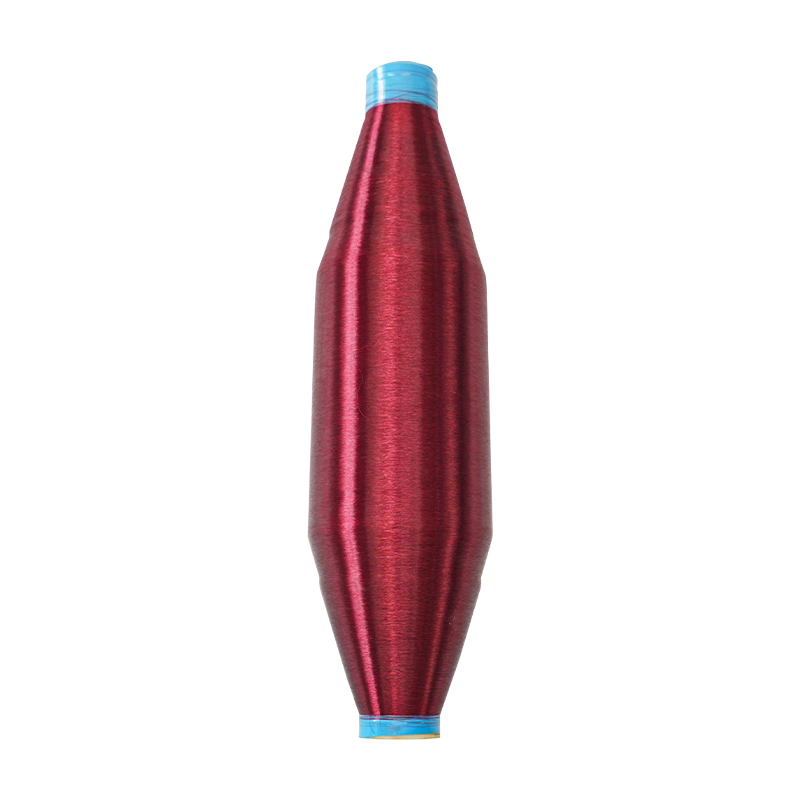
Biodegradable nylon yarn biodegrades faster in the environment than traditional synthetic fibers, helping to reduce negative environmental impacts. It also has the properties of nylon fiber, such as h...
See Details
Elastic high-performance polyamide multifilament refers to a synthetic fiber made from polyamide polymer (commonly known as nylon). Resilient and high-performance properties make it suitable for a var...
See Details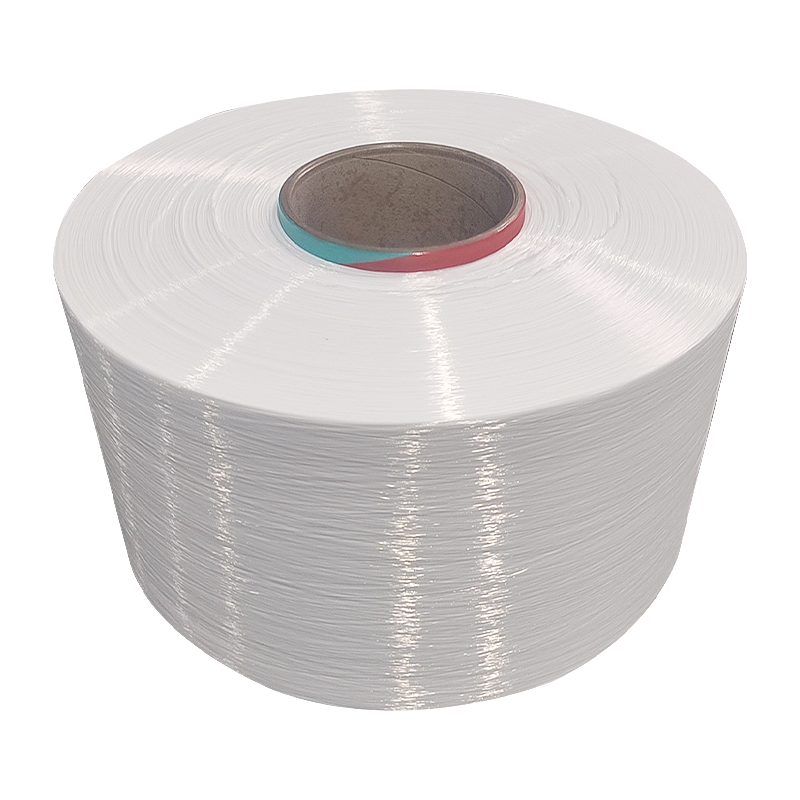
The diameter of Durable woven nylon mother yarn is 240D, the fiber thickness is medium, and it is suitable for the manufacture of a variety of textiles. This product has good tensile strength and will...
See Details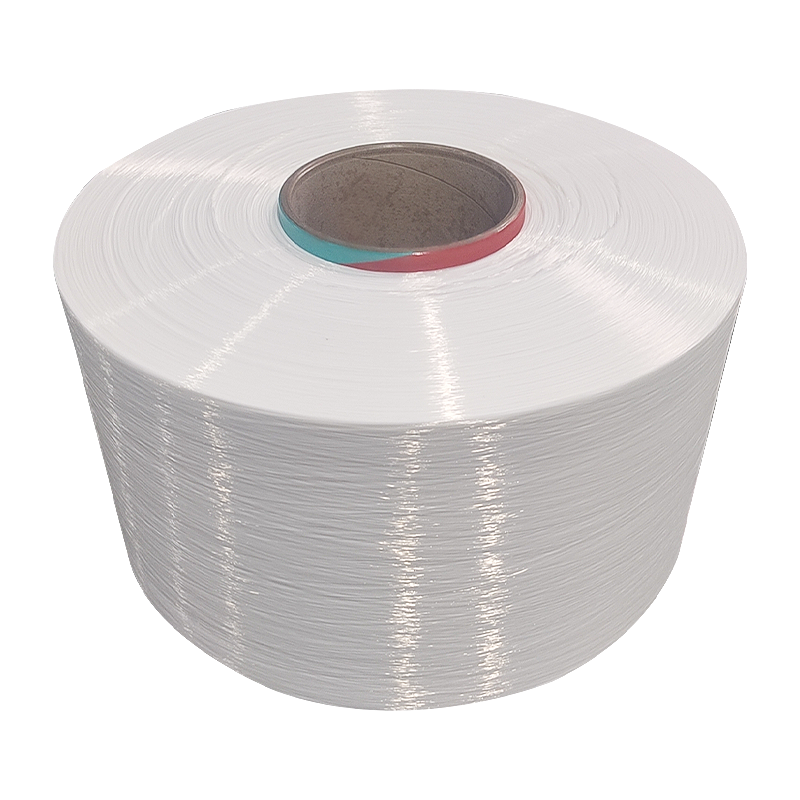
300D Nylon Mother Yarn is made of nylon material, a synthetic fiber with abrasion resistance, strength and durability. It is therefore suitable for manufacturing various types of textiles, such as clo...
See Details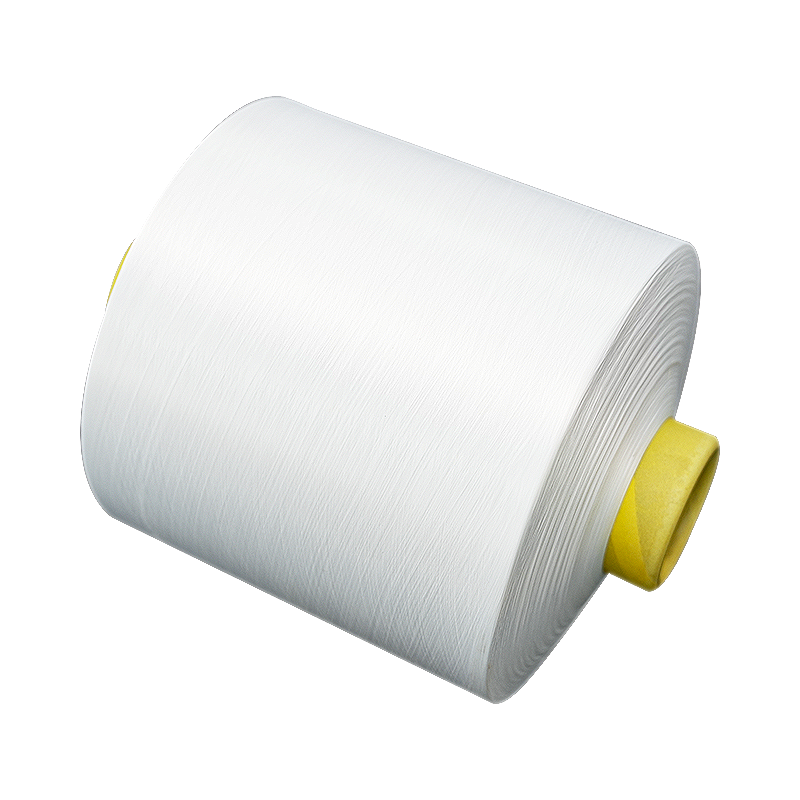
100D Nylon Elastic Yarn has a moderate thickness and good dyeing properties, which can achieve uniform and durable dyeing effects, making textiles bright and long-lasting in color. A yarn frequently u...
See Details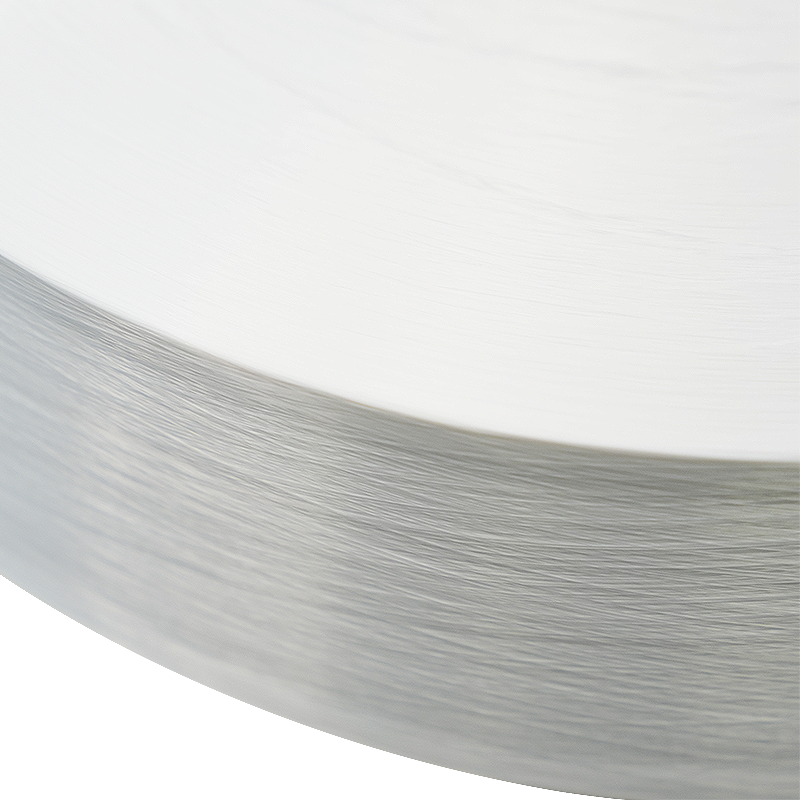
Polyester FDY yarn for weaving has high strength. After FDY yarn is fully stretched, the strength is even better and is suitable for manufacturing fabrics requiring high strength. The fabric made usin...
See Details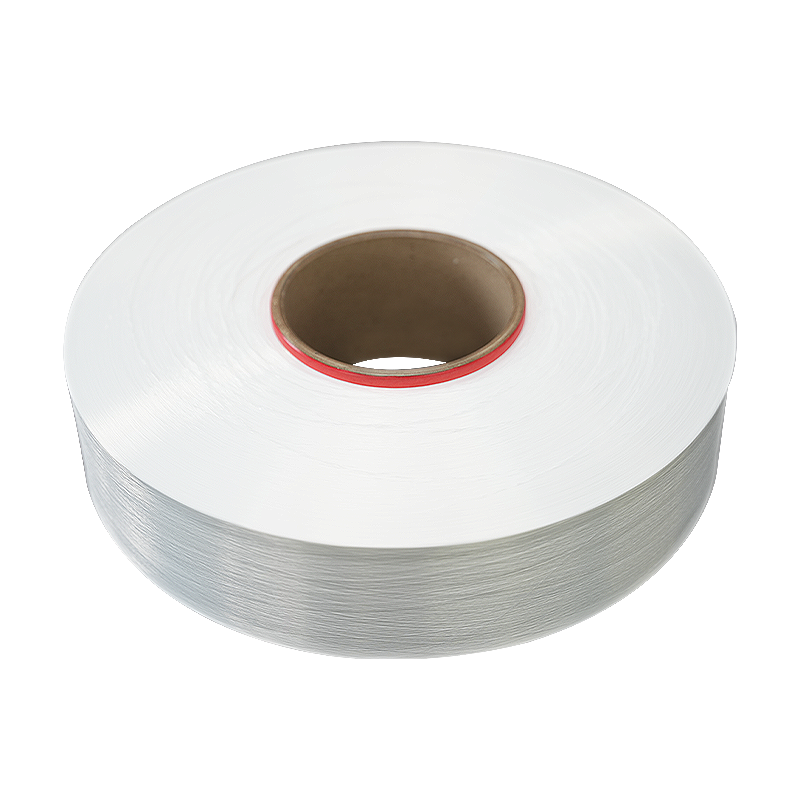
Nylon composite yarn has high strength and toughness. Textiles made with Nylon composite yarn have good stretch resistance and tear resistance. This yarn has a wide range of applications and can be us...
See Details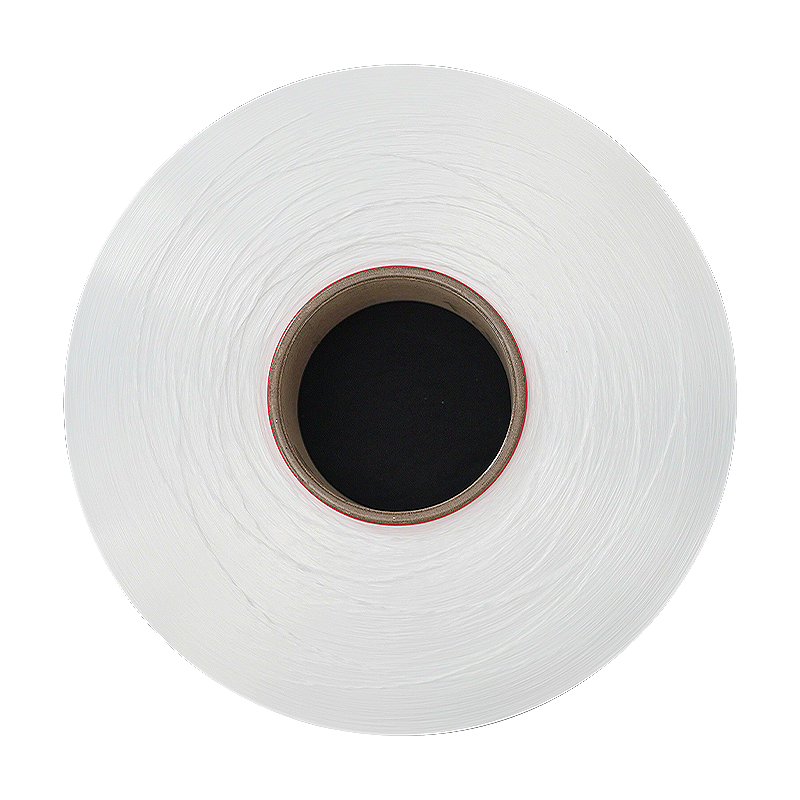
Fully stretched polyester blended yarn is made of a blend of polyester and nylon. Polyester itself has good wear resistance. After full stretch processing, the strength and softness of the yarn increa...
See Details
210D Polyester Nylon Composite FDY yarn is a composite fiber yarn. FDY is a mixture of polyester and nylon fibers. It combines the advantages of the two fibers, the abrasion resistance of polyester an...
See Details
Cooling brushed durable FDY yarn has high durability and is suitable for manufacturing textiles that require wear resistance and durability. It is not easy to wear out after long-term use. Textiles of...
See Details
Water-repellent blended FDY yarn has good waterproof properties. This characteristic makes Water-repellent blended FDY yarn a greater advantage when making textiles with high waterproof requirements s...
See Details
Stretch durable FDY yarn has good elasticity and can return to its original shape after being stressed, giving the textile a comfortable wearing feel and good ductility. It can fit the contours of the...
See DetailsAddress: Duntou industrial park, haian county, nantong city,jiangsu province ,China.
TEL: +86 15850491859
E-mail: sales-betty@hsnylon.com
If You Are Interested In Our Products, Please Consult Us